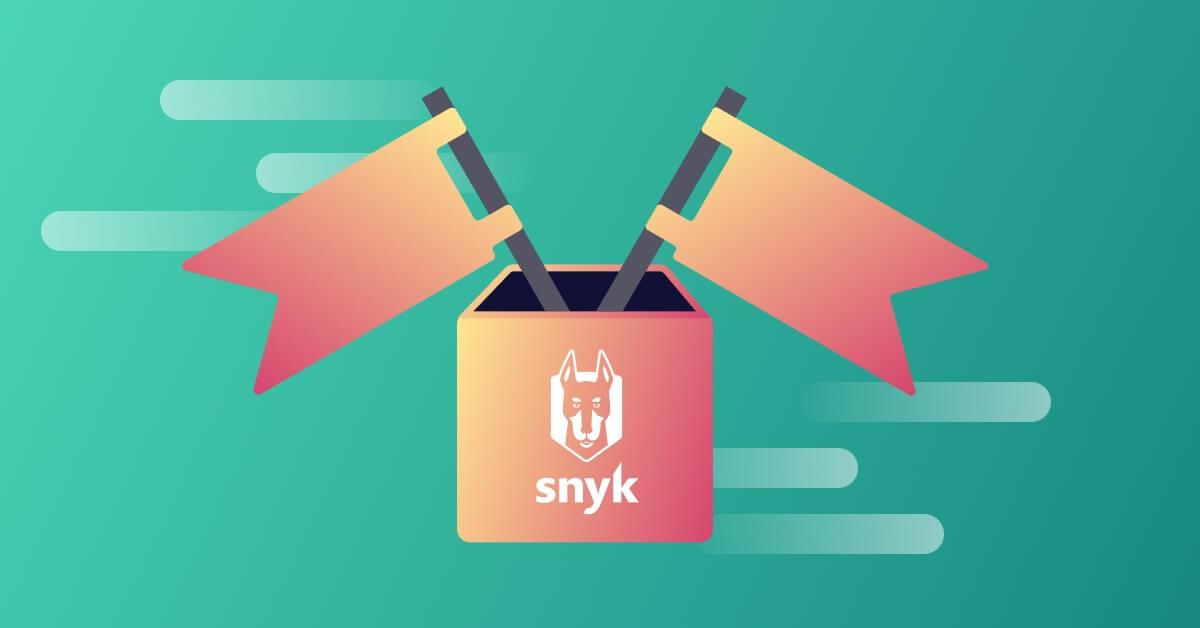An Introduction to capture the flag
13 septembre 2023
0 minutes de lectureIn the realm of cybersecurity, threats evolve at an unprecedented pace, mastering the art of defense has become more crucial than ever. Enter Capture the Flag (CTF) competitions — the virtual battlegrounds where aspiring cybersecurity enthusiasts and seasoned professionals sharpen their skills, strategize, and engage in digital warfare of a unique kind.
The History and Evolution of CTFs
The origins of CTF competitions can be traced back to the early 1990s when hackers began organizing "hacking parties," gathering to break into each other's computers. These events evolved into organized competitions, with teams competing to see who could hack into a system first. Today, CTF competitions are held all over the world, both online and offline, and are considered an important part of the cybersecurity community.
Why CTFs Are Valuable for Cybersecurity Professionals
CTFs hold immense significance in the field of cybersecurity for several compelling reasons. First and foremost, they offer an unparalleled hands-on learning experience that bridges the gap between theoretical knowledge and practical application. While conventional training and coursework provide essential foundations, CTFs allow participants to immerse themselves in the dynamic and ever-evolving world of cybersecurity.
Moreover, CTFs cultivate a hacker's mindset, which is essential for effective cybersecurity. By challenging participants to think creatively, outsmart adversaries, and exploit vulnerabilities, CTFs instill crucial skills of critical thinking and problem-solving. These skills are not only invaluable in the context of cybersecurity but are also highly sought-after attributes across various professional domains.
What is CTF?
CTF competitions are immersive cybersecurity challenges that mirror the complexities of real-world security scenarios. Derived from the traditional outdoor game where teams compete to capture the opponent's flag, CTFs in cybersecurity are digital battlegrounds where participants test their skills, intellect, and problem-solving abilities.
In a CTF, participants face a series of engaging and diverse challenges that span a wide spectrum of cybersecurity domains. These challenges are meticulously designed to emulate real vulnerabilities, threats, and attack vectors that organizations face in the digital landscape. Each challenge culminates in the discovery and extraction of a "flag" — a unique code or token that proves successful completion.
Simulating Real-World Security Challenges
One of the most remarkable aspects of CTFs is their ability to simulate real-world security challenges. These challenges cover a broad range of scenarios, including exploiting web application vulnerabilities, reverse-engineering malicious software, deciphering cryptographic puzzles, and analyzing digital forensics. CTFs provide a deep understanding of cyber threats and defense mechanisms, fostering an environment where participants can think like adversaries.
This hacker mindset is a crucial asset in the cybersecurity world, enabling professionals to anticipate and counteract potential threats. Participants develop an instinct for uncovering weaknesses and devising innovative solutions — skills that are indispensable for safeguarding digital assets.
Types of CTF Challenges
CTF competitions feature several types of challenges that teams may encounter, including:
Binary analysis: Analyzing given binary code to identify vulnerabilities and exploit them to gain system access.
Web exploitation: Identifying and exploiting vulnerabilities in web applications to gain unauthorized access to sensitive data.
Cryptography: Using cryptographic techniques to decrypt encrypted data or crack encryption algorithms.
Reverse engineering: Understanding how software works by deconstructing malware or other programs to identify vulnerabilities.
Network security: Securing a network against threats and protecting it from unauthorized access.
Other types of challenges may include password cracking, social engineering, and mobile device security.
Differences Between CTF and Other Cybersecurity Disciplines
While CTFs share some similarities with other cybersecurity disciplines, there are several key differences:
Penetration Testing: Both CTFs and penetration testing involve simulated cyberattacks, but they differ in their primary objectives. Penetration testing focuses on assessing a system's overall security posture and providing risk mitigation recommendations, while CTFs emphasize capturing flags within specific challenges.
Vulnerability Assessment: Unlike CTFs, vulnerability assessment systematically identifies and classifies potential system vulnerabilities without extending to their exploitation. CTFs, on the other hand, emphasize hands-on skill application and exploitation.
Ethical Hacking: Ethical hacking aims to enhance system security by finding weaknesses and providing improvement recommendations, whereas CTFs focus on solving diverse challenges to demonstrate mastery of cybersecurity skills.
CTF stands out as a unique discipline, combining elements of penetration testing, vulnerability assessment, and ethical hacking, all with a specific focus on capturing flags and demonstrating cybersecurity expertise.
Conclusion
CTF competitions have established themselves as a crucial component of cybersecurity training. By simulating real-world challenges and cultivating a hacker's mindset, they equip participants with the hands-on experience needed to excel in the ever-changing digital landscape. As the cybersecurity community continues to grow, CTFs will remain a vital part of developing and honing the skills required to defend against emerging threats.
Whether you're an aspiring cybersecurity professional or someone with a deep passion for digital defense, CTFs offer an exciting and engaging way to sharpen your skills and think like an adversary.
Assurez la sécurité de vos dépendances open source
Snyk fournit des PR de correction en un clic pour les dépendances open source vulnérables et leurs dépendances transitives.
